The use of colors in a home can be an effective way to create an atmosphere or to emphasize certain features of the space.
Here are some tips for using colors in a home.
Use colors to create a mood: Colors can be used to create a relaxed or energizing atmosphere in a space. For example, warm colors, such as yellow or orange, can create a warm and welcoming atmosphere, while cool colors, such as blue or green, can create a relaxed and fresh atmosphere.
Use colors to emphasize features: Colors can be used to emphasize certain features of the space. For example, a pair of walls painted in a strong color can emphasize a large house or window.
Use colors in a balanced way: It is important to use colors in a balanced way to avoid overloading the space. For example, you might use a strong color in a small space, like an entryway or bathroom, but you should use less of it in a larger space, like a living room or bedroom.
Use colors to create flow: Using colors to create flow between spaces can help create a feeling of continuity and coherence in your home. For example, you can use a similar shade for a connecting door between two rooms, or you can use the same color for curtains and carpeting in the same space.
Experiment: There are no set rules when it comes to using colors in a home, so don’t hesitate to experiment with different color combinations and see what works.
What do I need to know about colors? There are many things to know about colors, here is some additional information:
Color Theory: There are multiple theories about how colors work and how to use certain effects. Some of the best known theories are:
Johannes Itten’s color theory, which focuses on how colors can be combined to create certain effects; Goethe’s theory, which focuses on how colors affect us emotionally; And Munsell’s color theory, which focuses on how colors can be used to describe and reproduce the colors of nature.
Warm and Cool Colors: Colors can be classified as warm or cool. Warm colors, such as red, yellow and orange, create a warm and welcoming atmosphere, while cool colors, such as blue, green and purple, create a relaxed and fresh atmosphere.
Primary and secondary colors: There are three primary colors – red, yellow and blue – which cannot be created by mixing other colors. Secondary colors, such as green, orange, and purple, can be created by mixing two primary colors.
Complementary Colors: There are colors that oppose the color wheel and are called complementary colors. For example, red and green are complementary colors, as are blue and orange or yellow and purple. The use of complementary colors can create a strong contrast and emphasize certain features of the space. The use of colors in interior design can be a powerful tool for creating an atmosphere or emphasizing certain features of the space. It is important to use colors in a balanced way and take into account color theory and the emotional effects they can create.
We also present some concrete examples of how to use colors in a home.
Create a relaxing atmosphere in the bedroom: You can use warm, neutral colors, such as beige or gray, for walls and accessories, and add green or blue accents to create a relaxing atmosphere.
Emphasize the features of a living room: You can use a strong color, such as red or yellow, for the walls of a large house or a window, to emphasize these features.
Create flow between spaces: You can use the same color for curtains or carpet in different rooms to create a flow between them.
Create an energizing atmosphere in the kitchen: You can use strong colors, such as orange or green, for walls or accessories, to create an energizing atmosphere in the kitchen.
Create a spacious feel in small spaces: You can use light colors, such as white or beige, for walls and furniture to make the space feel larger.
Create a comfortable space in the bathroom: You can use warm colors, such as brown or blue, for walls and accessories, to create a comfortable atmosphere in the bathroom.
It is important to keep in mind that these are just a few examples and that there are many other color combinations and ways to use them depending on your preferences, needs and imagination.
latest posts published
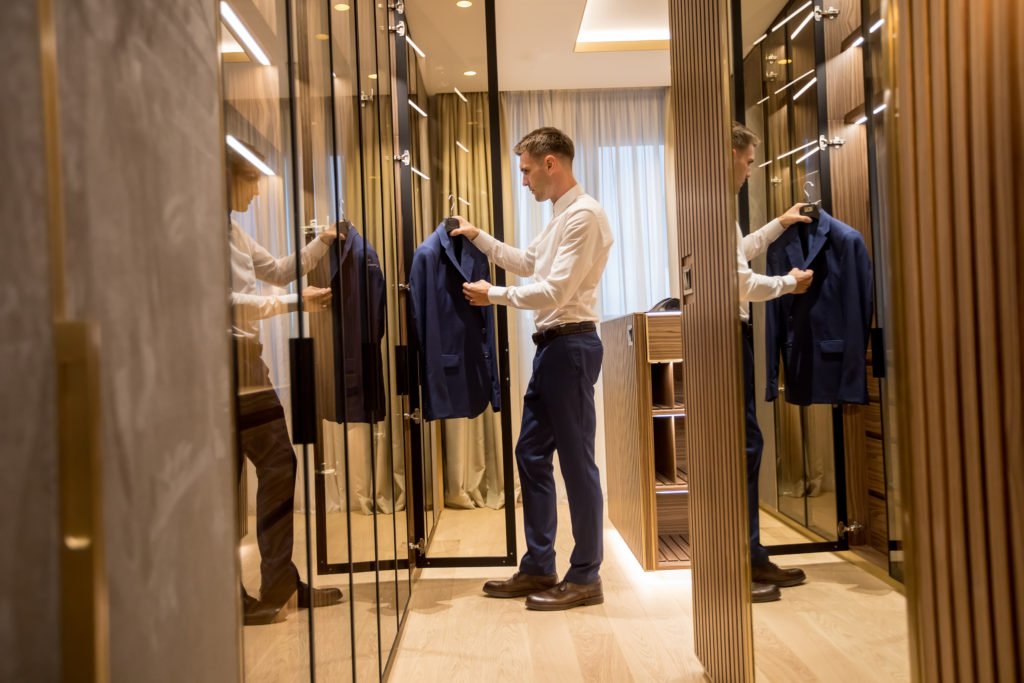
How to set up a wardrobe in your apartment: tips and advantages
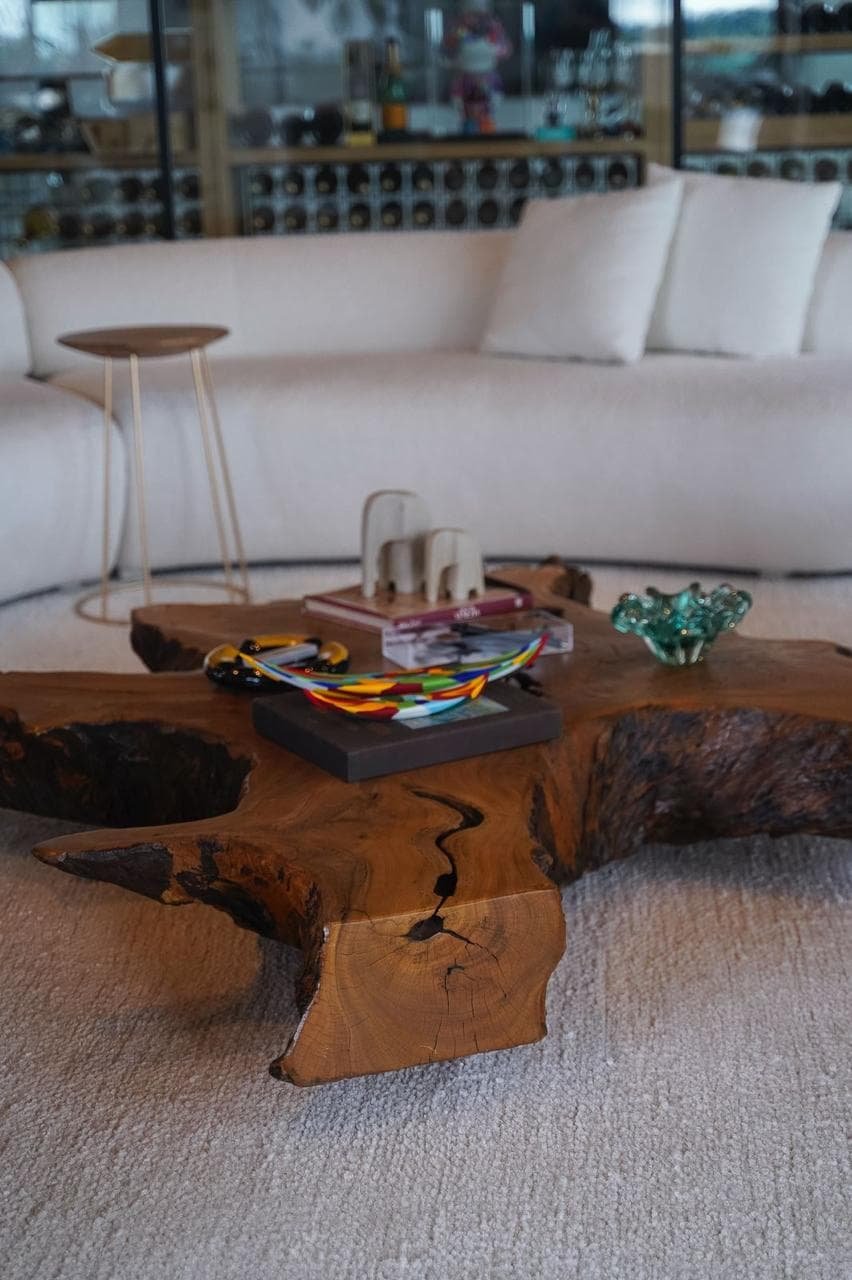
Discover the sophisticated furnishings of Progetto Decor
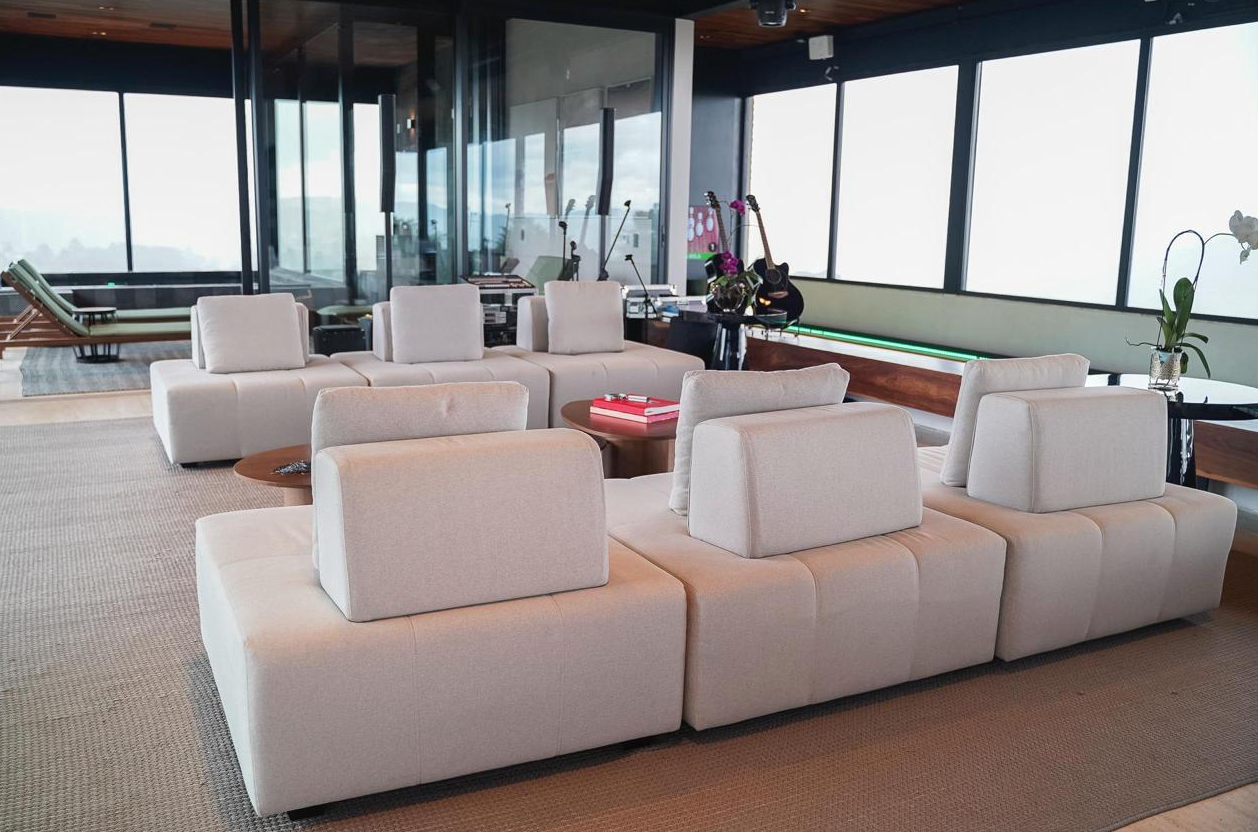
Luxury design: the balance between comfort, elegance and functionality

Discover the luxury furnishings of Progetto Decor

Garden in the apartment: discover the advantages
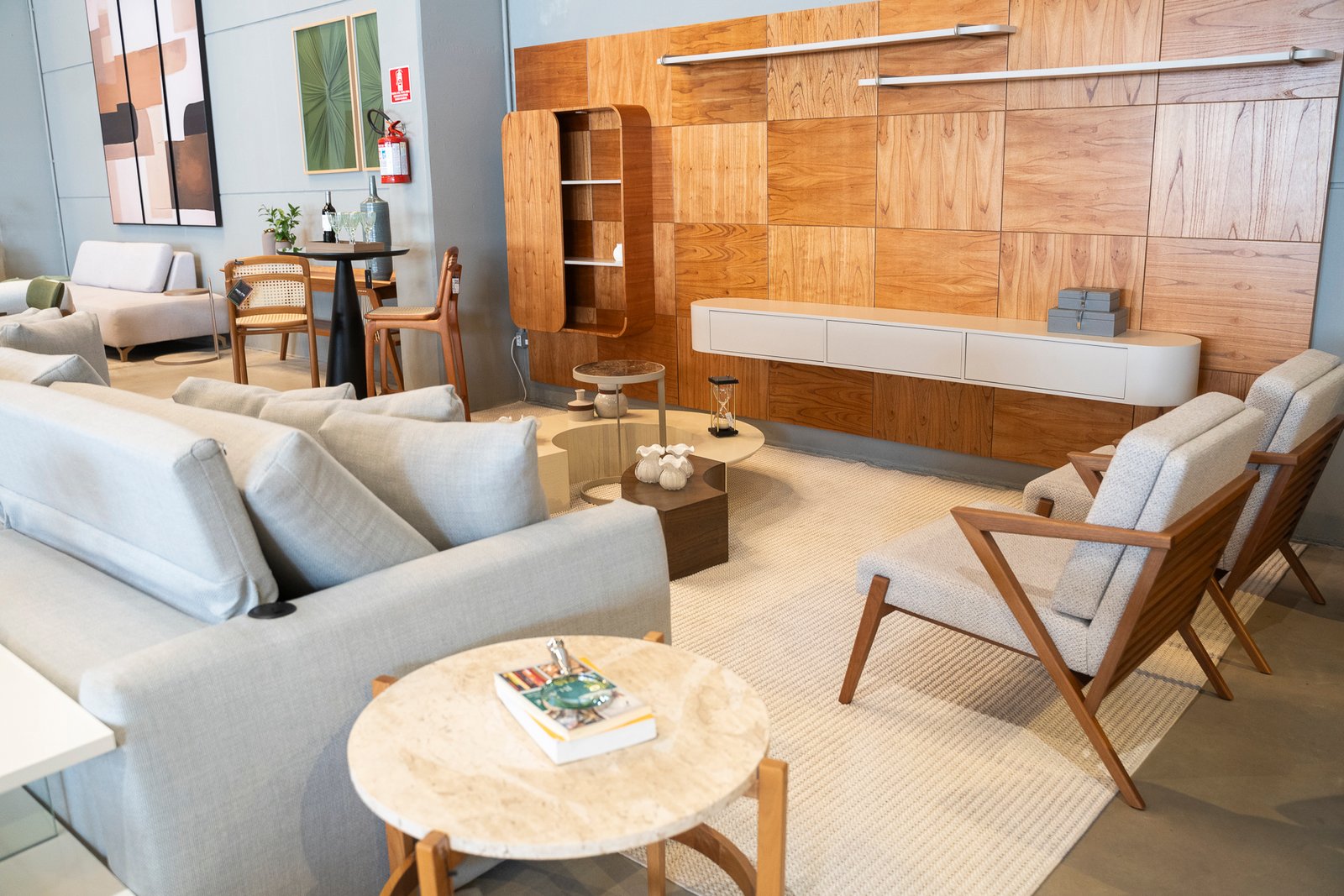
Discover Progetto Decor’s line of custom-made luxury furniture

The main tips for creating integrated environments
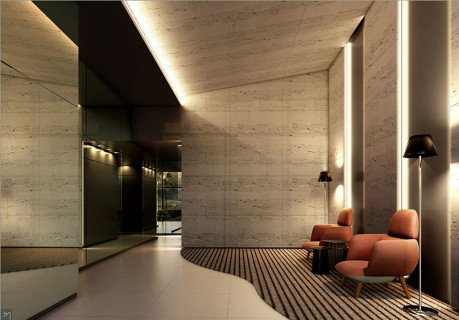
Ambient lighting tips
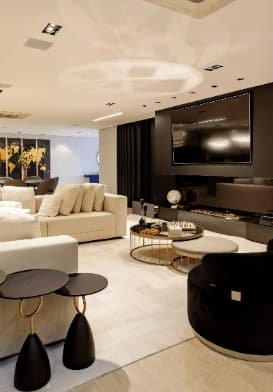
3D projects: transform spaces with luxury and innovation


